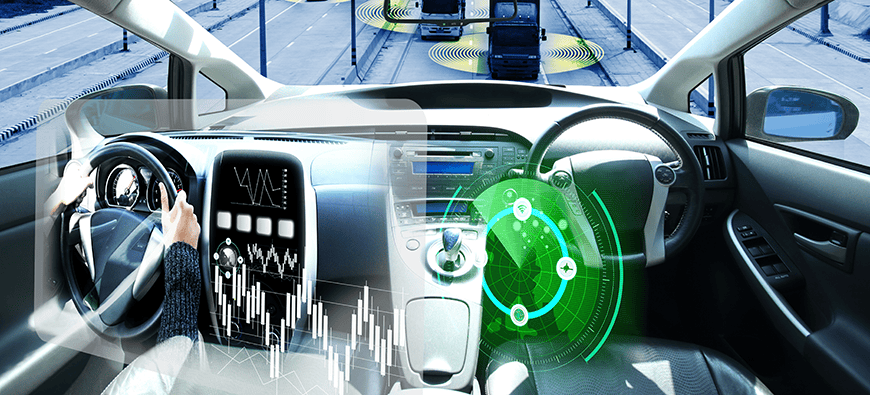
How to Capitalize on Sustainability Growth
Brought to you by OakNorth

The automotive sector is a vital part of the US economy, accounting for 3% of the country’s gross domestic product. But the increasing demand for electric vehicles (EVs) and evolving battery and fuel cell technology means it is experiencing incredible disruption. These ripple effects will be felt across the entire automotive value chain.
Three years ago, EVs represented just 2% of all new car sales in the U.S. A year later, it doubled to 4%. In 2021, it doubled again to 8%; this year, it’s forecast to double yet again to 16%. We can only expect this trend to continue. For example, California regulators unveiled a proposal in April to ban the sale of all new vehicles powered by gasoline by 2035, as the state pushes for more EV sales in the next four years.
How will these transition risks – which includes changing consumer demand, policy and technological disruption – impact the creditworthiness of the 18,000 new-car dealerships, 140,000 used-car dealerships and 234,700 auto repair and maintenance centers across the country? What are the implications for the banks that lend to them?
Some of the world’s largest automotive brands have published bold commitments that will hasten their transformation and the industry’s shift. Last year, Ford Motor Co. announced that it expects 40% to 50% of its global vehicle volume to be fully electric by 2030, while General Motors Co. plans to exclusively offer electric vehicles by 2035.
But these commitments won’t just impact the Fortune 500 companies that are making them – businesses of all sizes, across the automotive value chain, will be affected. To stay in business, these firms will need to update their supply chains and distribution models, invest in new technologies, processes, people and products. In some cases, they may even potentially need to build an entirely new brand.
Banks will have an important role to play in funding much of this transition.
The pool of potential borrowers is getting bigger. Opportunities for banks don’t just exist in being a partner for helping automotive businesses transition – there is also a growing number of new automotive businesses and business models designed for the net-zero future that will require funding as they scale. Tesla isn’t even two decades old but last year, it produced more than 75% of U.S. all-electric cars. With growing consumer demand for EVs, the need for more EV charging stations is also rising. The global market for EV charging stations is estimated to grow from $17.6 billion in 2021 to $111.9 billion in 2028, according to Fortune Business Insights.
Electrify America, ChargePoint, and EVgo are brands that didn’t exist 15 years ago because they didn’t need to. How many more businesses will be born in the next five, 10 or 15 years, which will need loans and investments to help them scale? This is an opportunity worth billions a year for banks – if they have the foresight to anticipate what’s coming and take a forward-looking view.
The Smaller the Detail, the Greater the Value
Currently, most climate analyses work at a broad sector level, looking no deeper than the sub-sector level. This provides some indication of a bank’s exposure, but such a broad view lacks the insight needed to really understand the impact and trends at the individual borrower level.
To get a true grasp on this opportunity, banks should look for solutions that include financial forecasts and credit metrics at the borrower level across several climate scenarios and time horizons. Institutions can directly input these outputs into their existing risk rating models to drive a climate-adjusted risk rating and apply them across the full credit lifecycle, from origination and ongoing monitoring to conducting portfolio level scenario analysis.
Throughout the pandemic, banks enjoyed a unique opportunity to rebuild public trust and goodwill that was lost during the financial crisis 12 years earlier. Climate change is another chance, given that sustainability will be the growth story of the 21st century. With the right technological investments, strategic partnerships and data, banks have an opportunity to be one of the protagonists.
OakNorth will be diving deep into the challenges and issues facing the automotive value chain in an upcoming industry webinar on June 16, 2022, at 1 p.m. EST. Register now at https://hubs.li/Q01bPN1v0.


